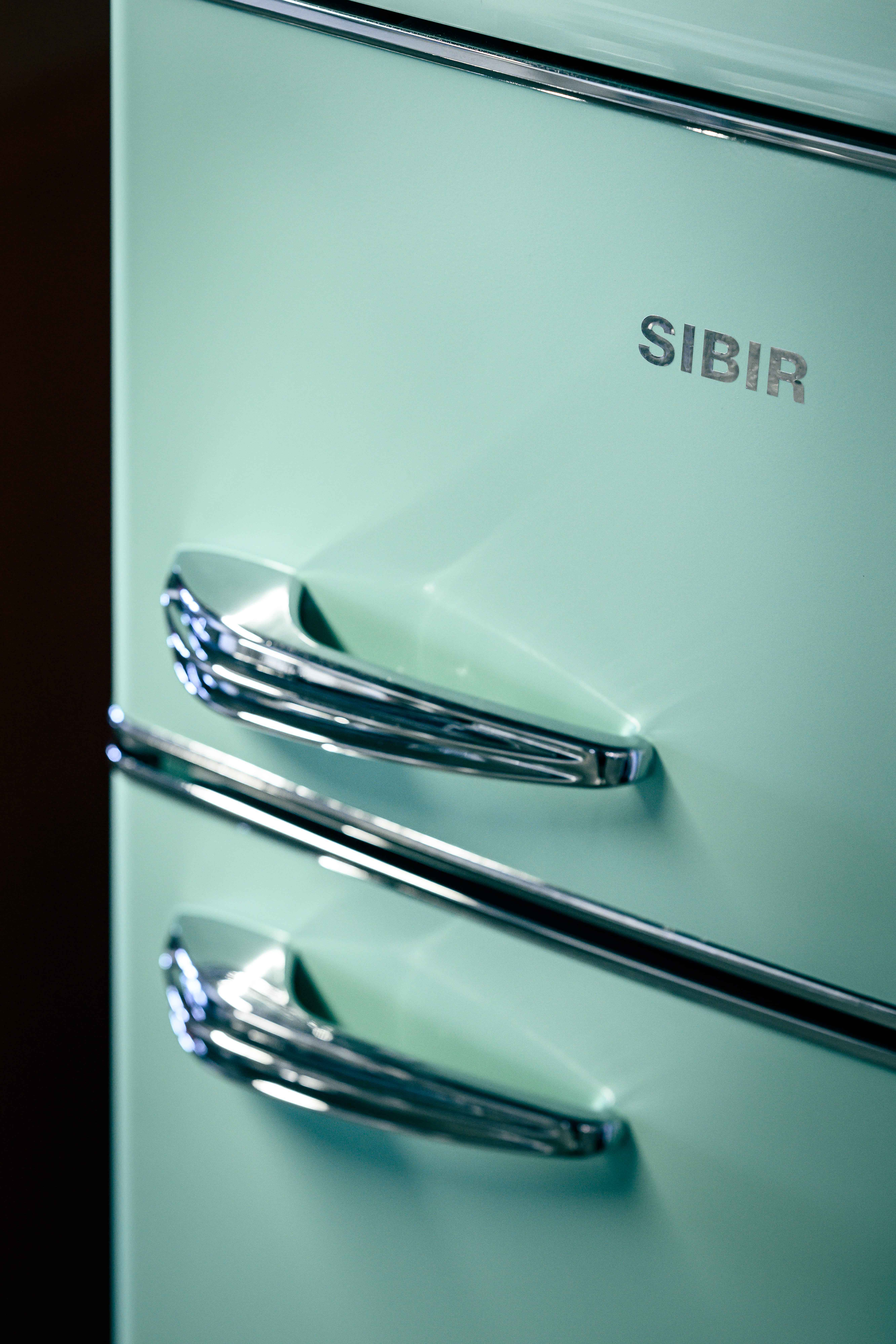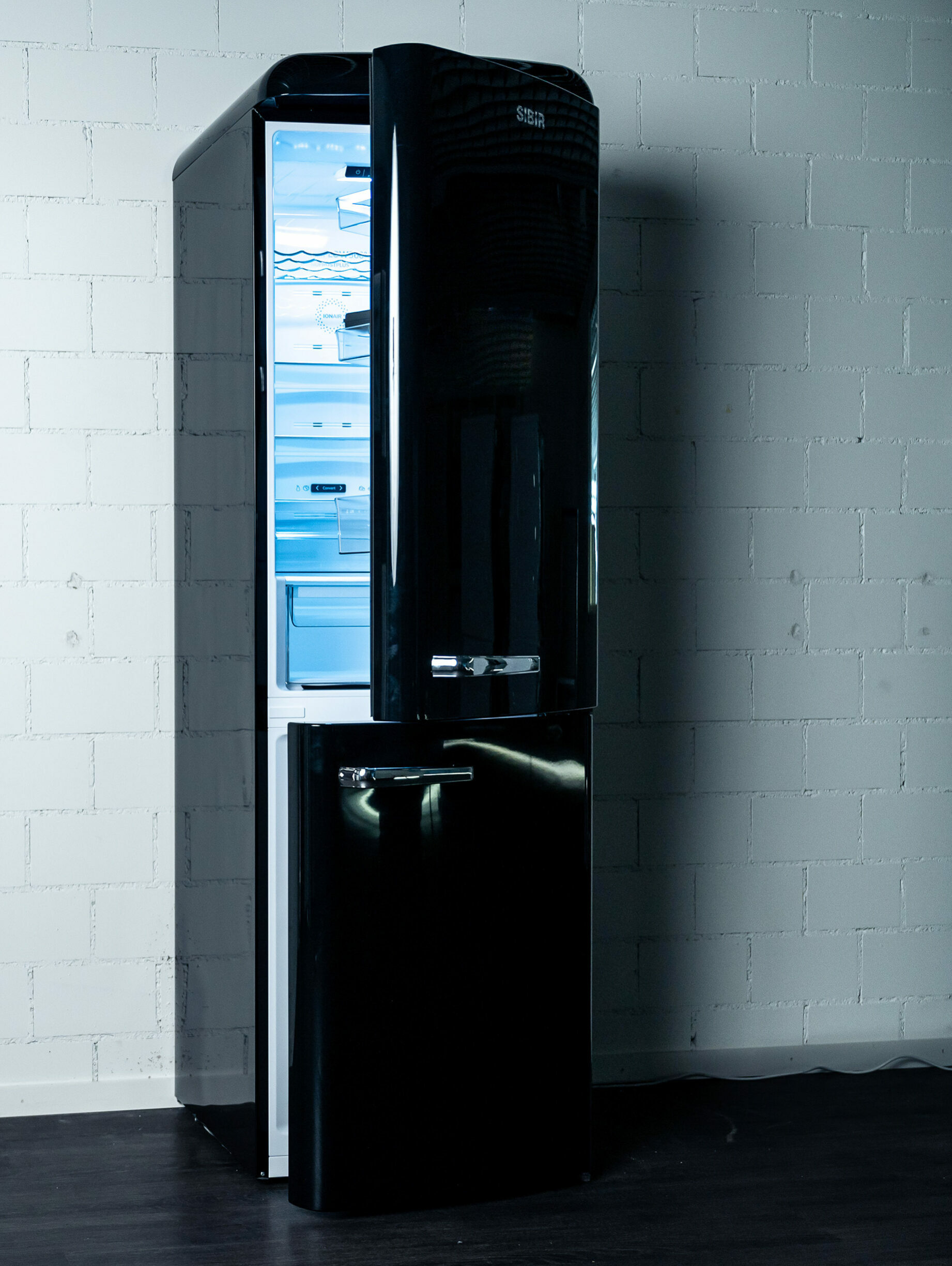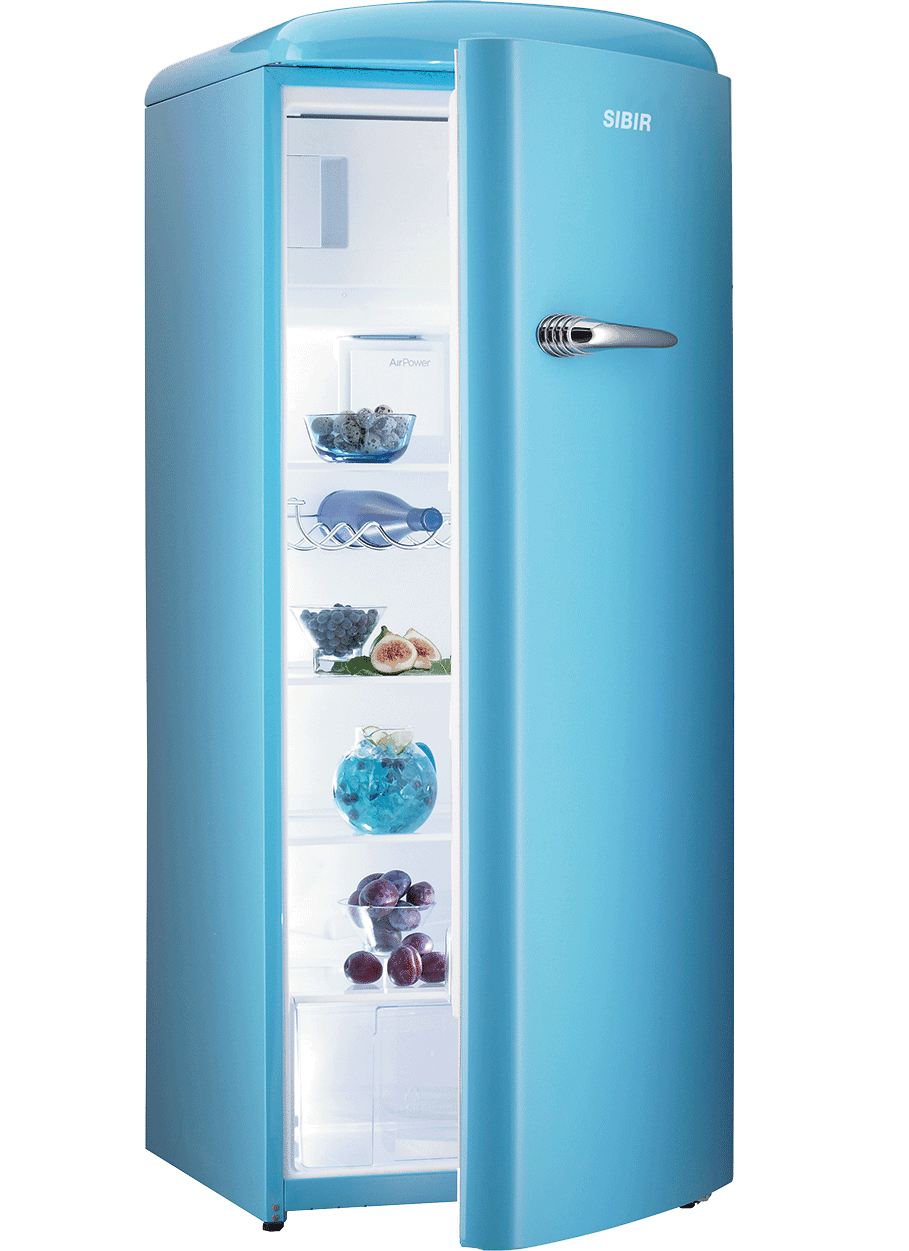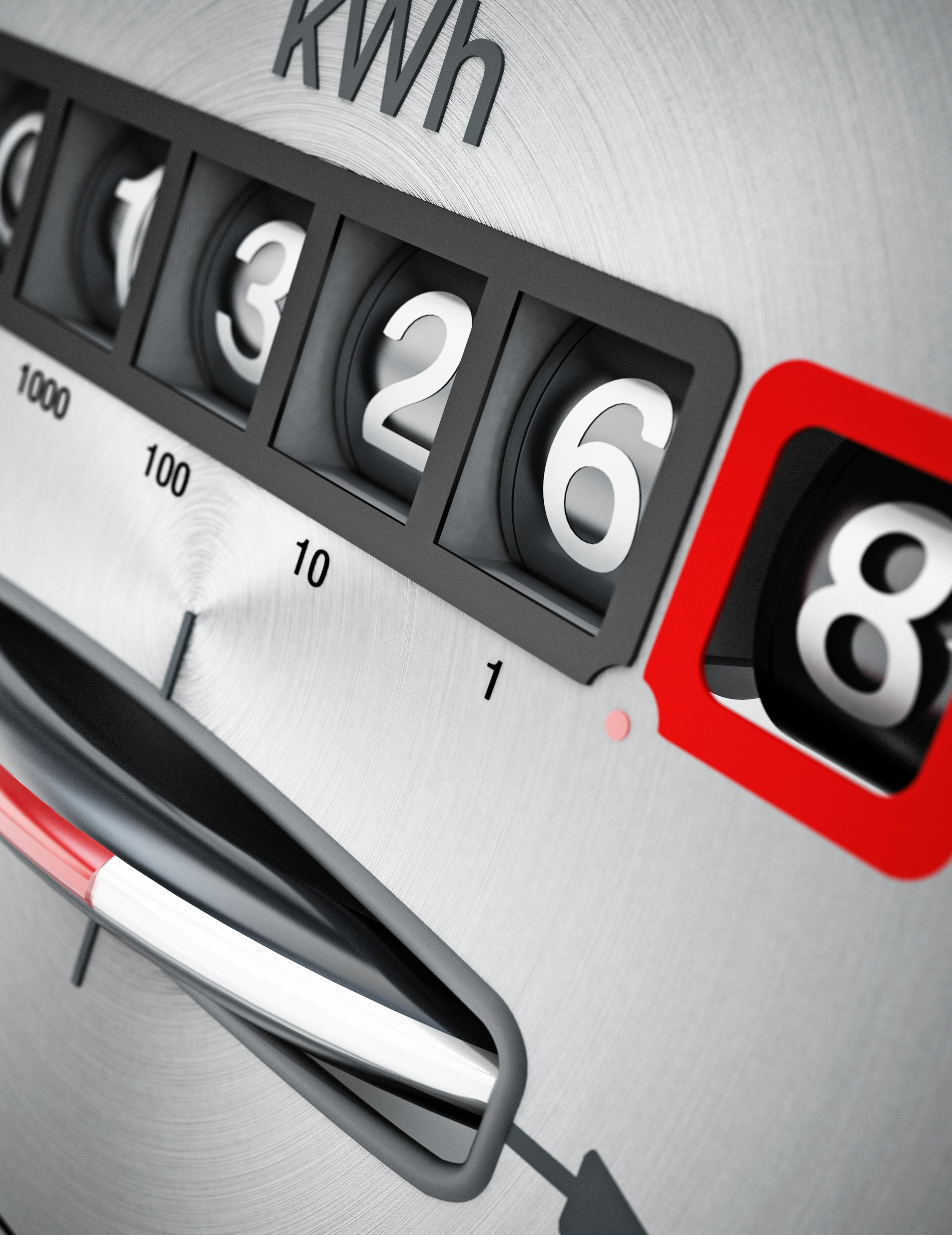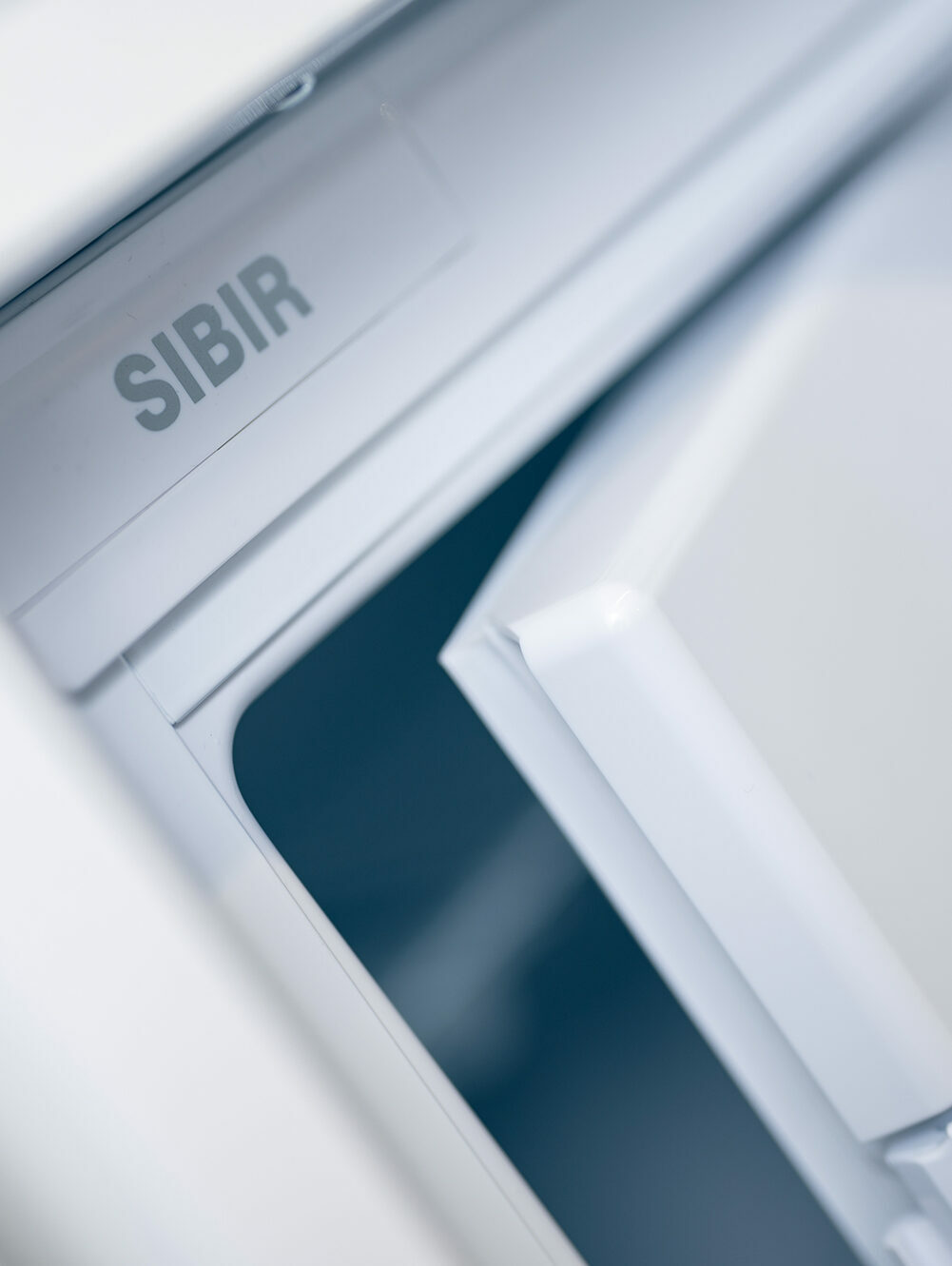Why does water build up under the vegetable drawer in the refrigerator?
Water usually collects under the vegetable drawer as a result of condensation when warm air meets cold air. This can be for a number of reasons. Opening the refrigerator door often. Warm, humid air then enters the appliance. The moisture condenses on the cold walls and collects at the bottom. For example, warm or hot food in the refrigerator – which quickly raises the temperature inside, resulting in more condensation.
How important is it to keep the refrigerator organised?
Very important. Storing food incorrectly can have an impact – so it’s essential to keep the fridge organised. Packaging or loose products can inhibit air circulation and disrupt moisture control. The drainage outlet should also be kept clean; this is the small hole on the back wall of the refrigerator that is intended to drain off condensation. If it gets blocked, water will build up at the bottom.
But the appliance also needs to work properly, right?
Absolutely. A faulty door seal, for example, is a big problem. If this seal is broken or dirty, warm air can ingress and result in condensation. This also means that the insulation in older appliances is no longer effective, leading to higher moisture and energy consumption. The SIBIR experts can provide advice and repair refrigerators – they are always on hand to assist customers. Whether or not a refrigerator needs to be repaired or replaced depends on several factors.
What can be done if water doesn’t drain away in the refrigerator?
The following steps should be taken to fix this problem:
Clean the drainage outlet: Clean the small hole on the back wall with a cotton swab or a thin brush.
If necessary, use a syringe filled with warm water to clear the drain and dissolve any blockages.
Check the fridge temperature: The ideal refrigerator temperature is between 4 and 7 degrees Celsius. Any warmer than that and condensation will not evaporate properly. Conversely, if the temperature is set too cold, this can lead to a build-up of ice, which can block the drain.
Check the door seal: A simple test: place a piece of paper in the door and close it. If you can pull the paper out without any resistance, the door seal may be broken.
Defrosting: Particularly in older refrigerators, too much ice can impair the function of the appliance. Regular defrosting prevents this problem. Cleaning the refrigerator properly is also important.
Summary: How to prevent condensation in the refrigerator:
Always let warm food cool down before you put it in the refrigerator.
Avoid opening the door too often to minimise temperature compensation.
Store food correctly to ensure air can still circulate.
Clean the drainage outlet regularly to prevent blockages.
Replace broken door seals in good time to avoid unwanted air exchange.
Consider buying a new refrigerator if the problem persists despite taking all these steps.
Summary: Whether it’s a blocked drain, improper storage or a broken seal, most causes of water build-up under the vegetable drawer in your fridge can be fixed quickly. Simple measures such as regular cleaning, correct storage and checking the refrigerator temperature can prevent the collection of condensation in the long run. Maintaining a refrigerator properly is not only hygienic, it also extends the lifespan of the appliance and prevents unexpected puddles.
